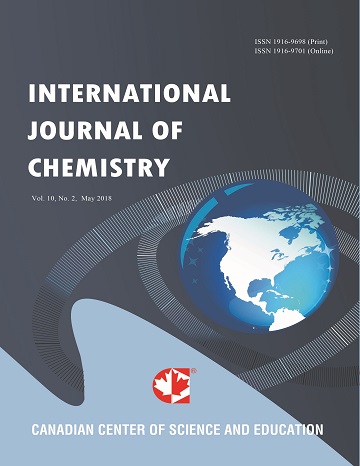Pulp and Paper Evaluation of Solid Wastes from Agricultural Produce
- Mopelola Omotoso
- Abdul Owolabi
Abstract
The pulp and paper potentials of solid-waste of Ananas comosus (pine-apple leaves), Cocos nucifera (coir i.e. fiber from coconut husk), Tithionia diversifolia (sunflower) and Sansevieria liberica (mother-in-law’s tongue) were investigated. Pulp was produced by soda pulping process at liquor to solid ratio 7:1 and bleached with hydrogen peroxide in basic medium. The pulp yield of pineapple leaves, coir, sunflower, and Sansevieria liberica were 80%, 75%, 79% and 82.5% respectively.
The fiber morphology were determined after maceration with 1:1 acetic acid–hydrogen peroxide ratio. The fiber length of the pine apple leaves, Tithonia diversifolia, coir and Sansevieria liberica were 0.935mm, 0.758mm, 0.894mm and 2.291mm respectively. The Runkel Ratio were 0.639, 0.540, 1.057 and 0.923mm respectively. The experimental design adopts the use of complete randomized block design on morphological examination of the solid-waste. In this configuration, we construct and solve as optimal network flow, the problem of minimizing the cost of disposing wastes from sources of generation to dumpsites by establishing processing mills in rural areas.
The surface response results indicated optimum conditions for the production of good quality pulp and paper from the studied solid-wastes is when the fiber length is 0.61mm, fiber diameter is 17.16µm, lumen width is 12.40µm, cell wall thickness is 1.31µm, and Runkel Ratio is 0.2073. The average fiber length of 0.61mm coupled with low Runkel ratio 0.2073 would result in highly flexible fibers that can easily collapse to produce pulp and paper of good optical and strength properties.
- Full Text:
 PDF
PDF
- DOI:10.5539/ijc.v7n2p113
Index
Contact
- Albert JohnEditorial Assistant
- ijc@ccsenet.org
